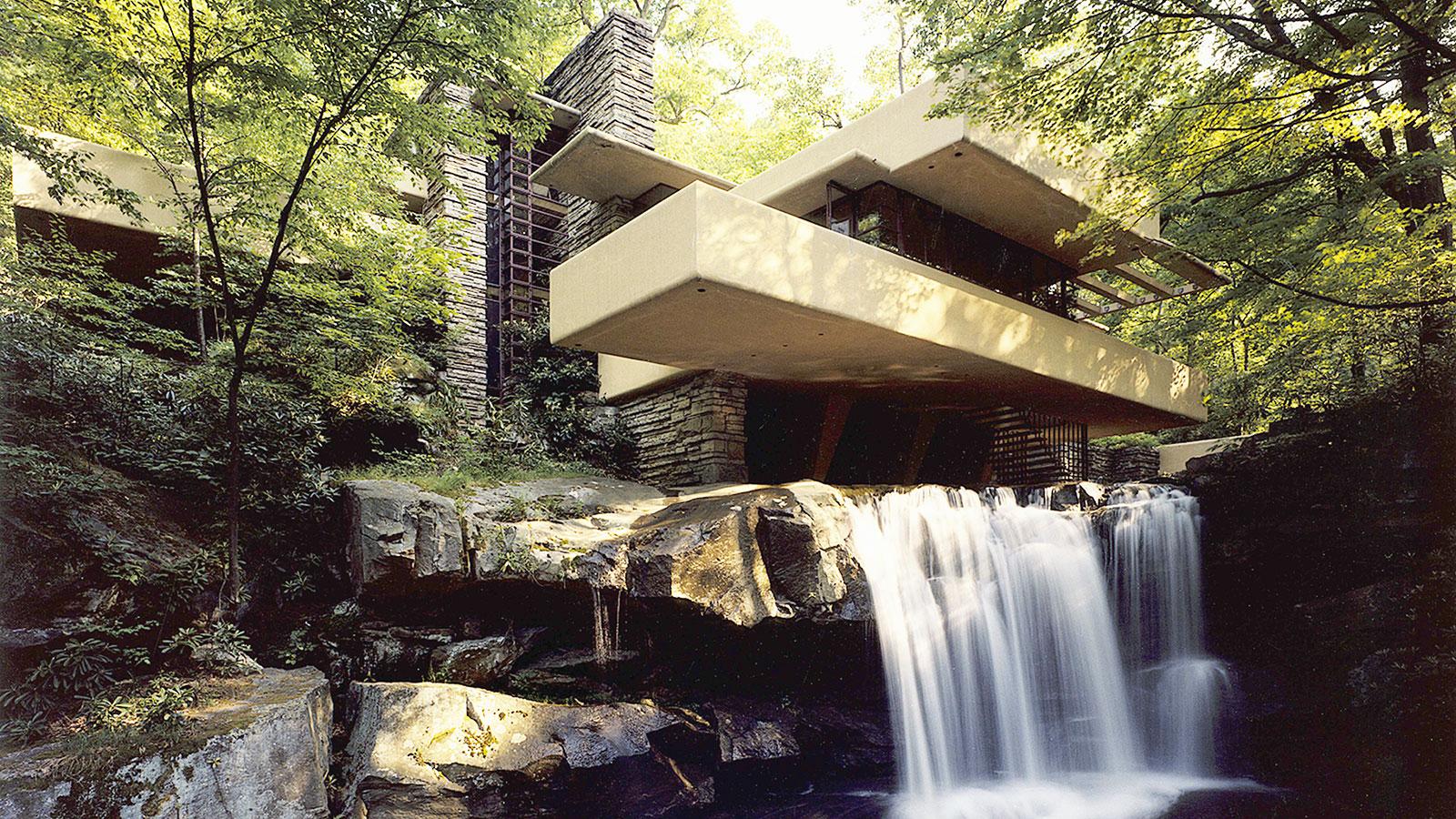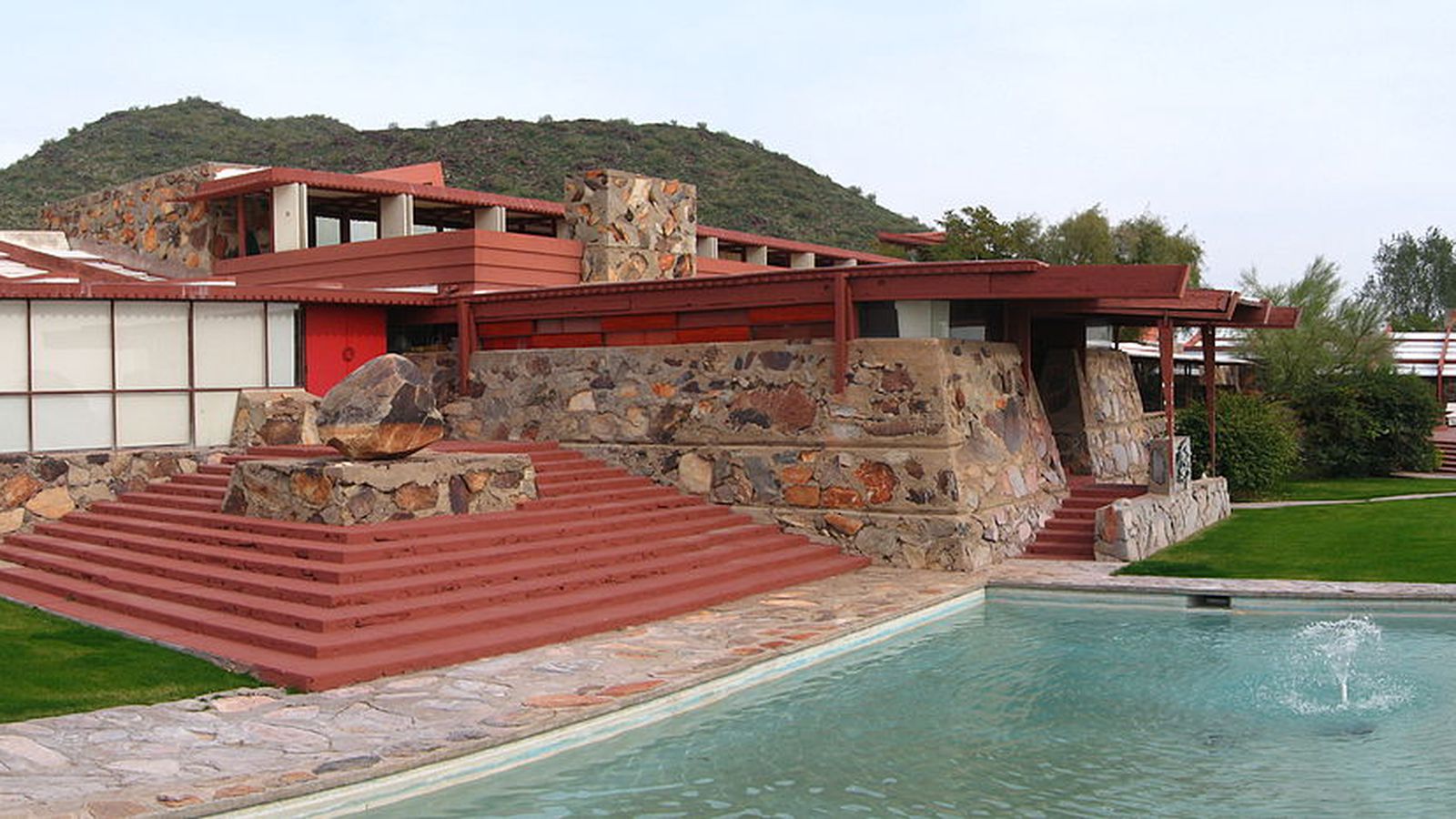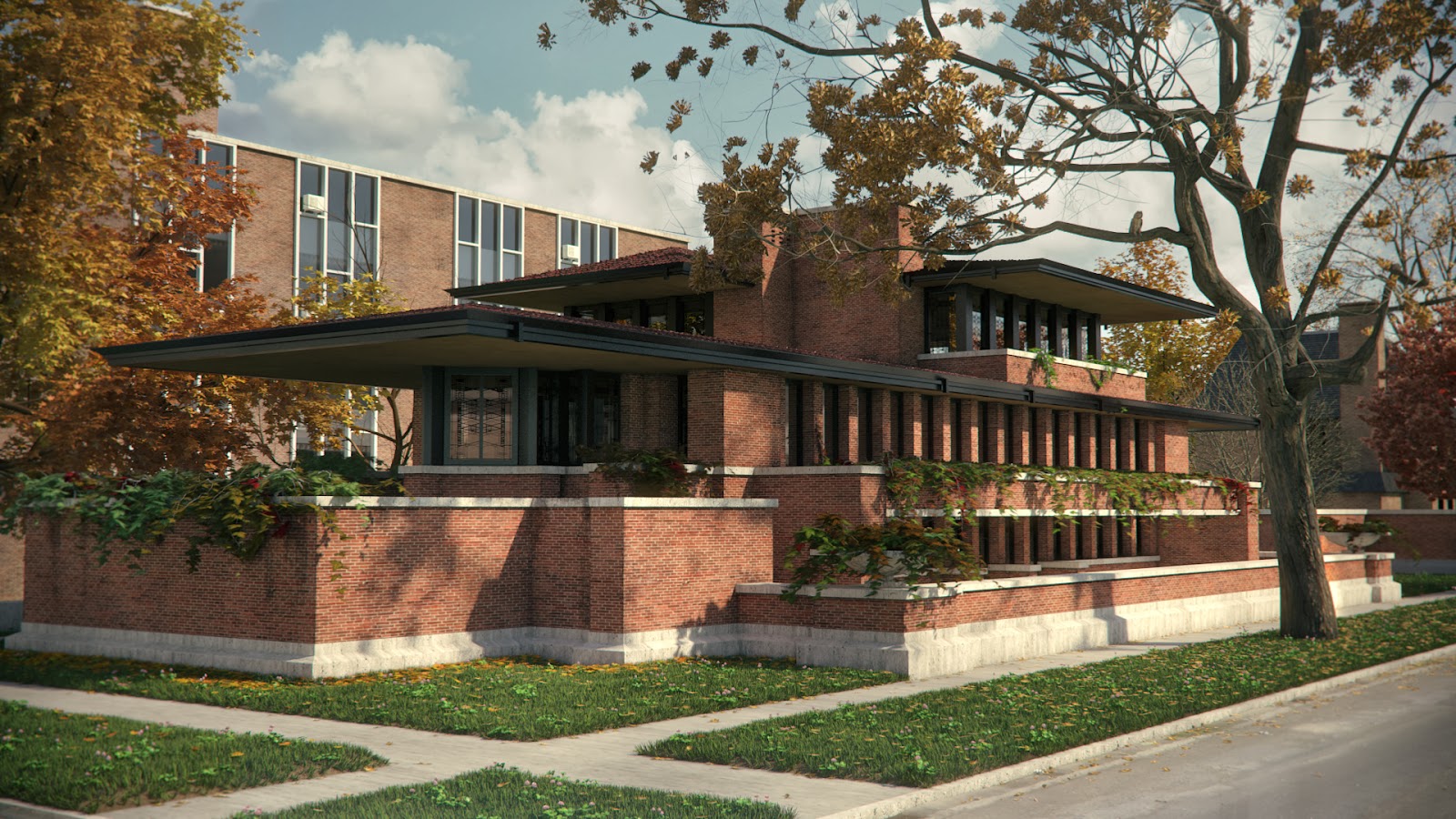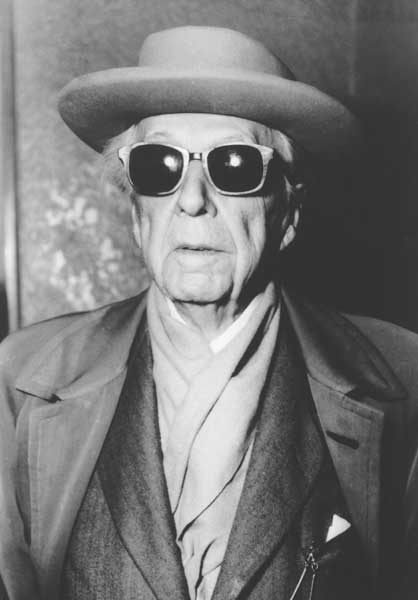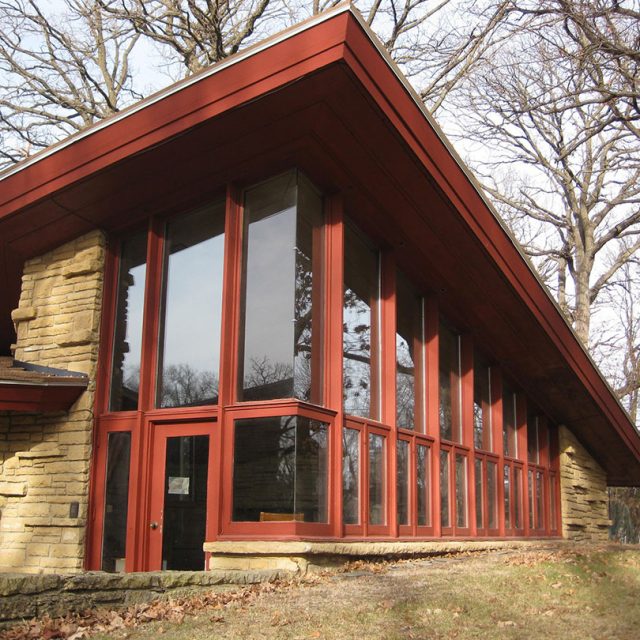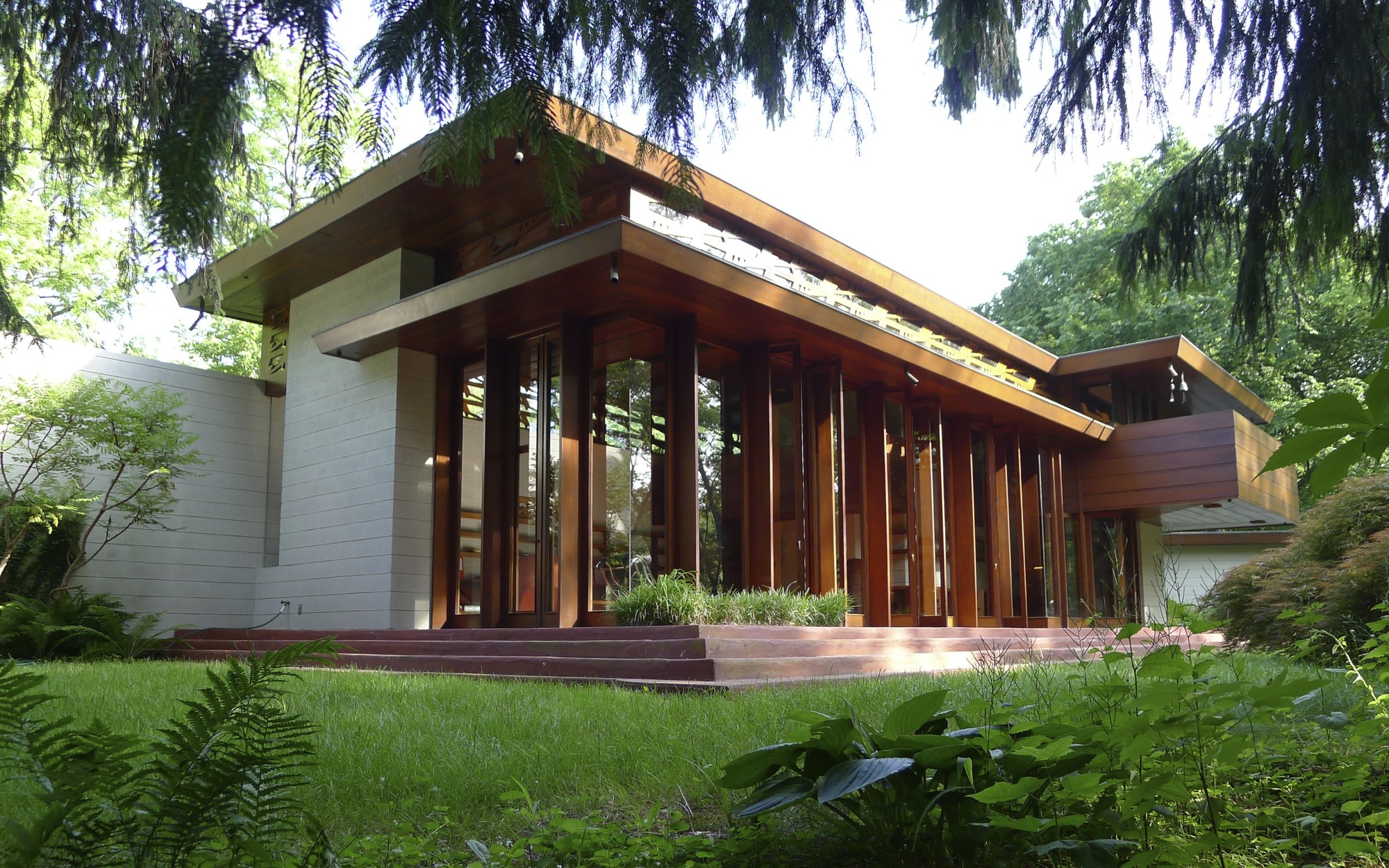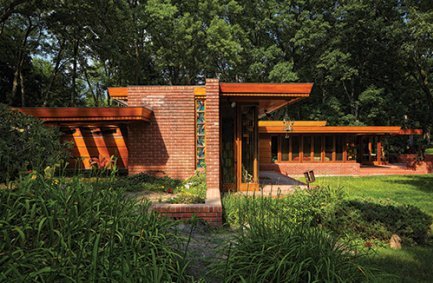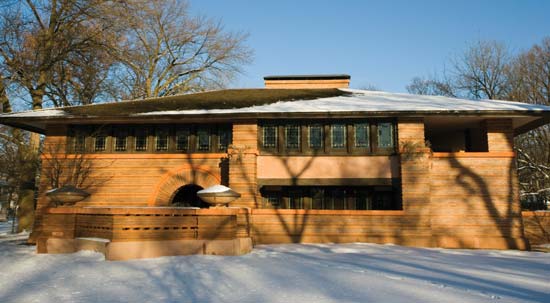After Wright’s death, most of his archives were stored at the Frank Lloyd
Wright Foundation in Taliesin (in Wisconsin), and Taliesin West
(in Arizona.) These collections included more than 23,000
architectural drawings, about 40 large-scale architectural models,
some 44,000 photographs, 600 manuscripts and more than 300,000
pieces of office and personal correspondence. Most of these models
were constructed for MoMA's retrospective of Wright in 1940.
In 2012, in order to guarantee a high level of conservation and
access as well as to transfer the considerable financial burden
of maintaining the archive, the Frank Lloyd Wright Foundation
partnered with the Museum of Modern Art and the Avery Architectural
and Fine Arts Library to move the archive's content to New York.
Wright's furniture and art collection remains with The Foundation,
which will also have a role in monitoring the archive.
These three parties established an advisory group to oversee
exhibitions, symposiums, events and publications.
